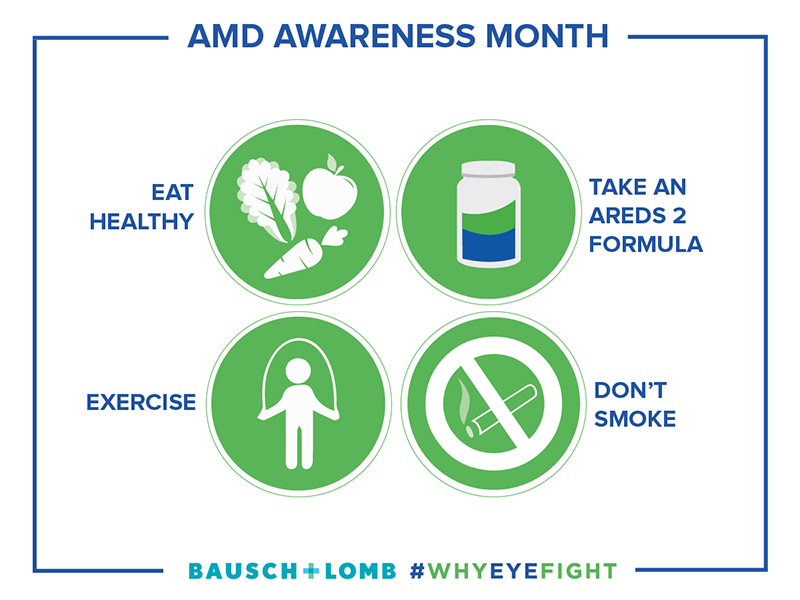Digital eye strain, also known as computer vision syndrome (CVS), is a condition that results from prolonged use of digital devices, such as computers, smartphones, tablets, and e-readers. It is characterized by a range of symptoms that primarily affect the eyes and can be quite uncomfortable. These symptoms include:
- Eye Fatigue: Aching or tired eyes, often accompanied by burning or itching sensation.
- Headaches: Tension headaches are a common symptom of digital eye strain.
- Blurred Vision: Vision may become blurry, especially after prolonged screen time.
- Dry Eyes: Reduced blinking while using digital devices can lead to dryness and discomfort in the eyes.
- Double Vision: Seeing two images of a single object can occur in some cases.
- Sensitivity to Light: Increased sensitivity to light, especially from screens.
Digital eye strain is primarily caused by a combination of factors, including:
- Extended Screen Time: Spending long hours in front of digital screens without breaks.
- Blue Light Exposure: Screens emit blue light, which can interfere with your sleep patterns and cause eye strain.
- Poor Lighting: Inadequate lighting in the workspace can force your eyes to work harder.
- Improper Viewing Distance and Angle: Incorrect screen placement or posture can strain your eyes.
- Uncorrected Vision Problems: Existing vision issues, like nearsightedness or farsightedness, can worsen with prolonged screen use.
To alleviate and prevent digital eye strain, consider the following remedies:
- Follow the 20-20-20 Rule: Take a 20 second break every 20 minutes and look at something 20 feet away to relax your eye muscles.
- Adjust Screen Settings: Increase text size and contrast on your screens to reduce the strain on your eyes.
- Proper Ergonomics; Maintain an Ergonomic workplace by positioning your screen at eye level and ensuring your chair and desk are appropriately adjusted.
- Reduce Blue Light Exposure: Use blue light filters on your screens or wear blue light-blocking eyeglass lenses to reduce exposure.
- Blink Regularly: Be conscious of blinking to keep your eyes moist and prevent dryness.
- Use Artificial Tears: Over-the-counter artificial tear drops can help alleviate dry eye symptoms.
- Get Regular Eye Exams: Ensure your prescription is up-to-date and that your eye health is monitored regularly.
- Limit Screen Time: Take regular breaks and avoid excessive screen time, especially before bedtime.
- Create a Comfortable Environment: Ensure proper lighting in your workplace, and minimize glare and reflections on your screen.
If your symptoms persist or worsen, it’s essential to consult an eye care professional. They can provide a more personalized assessment and recommend specific treatments or adjustments tailored to your needs. Additionally, it’s crucial to strike a balance between screen time and other activities to maintain overall eye and visual health.













































































